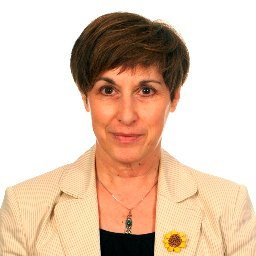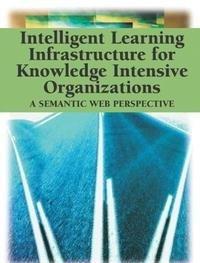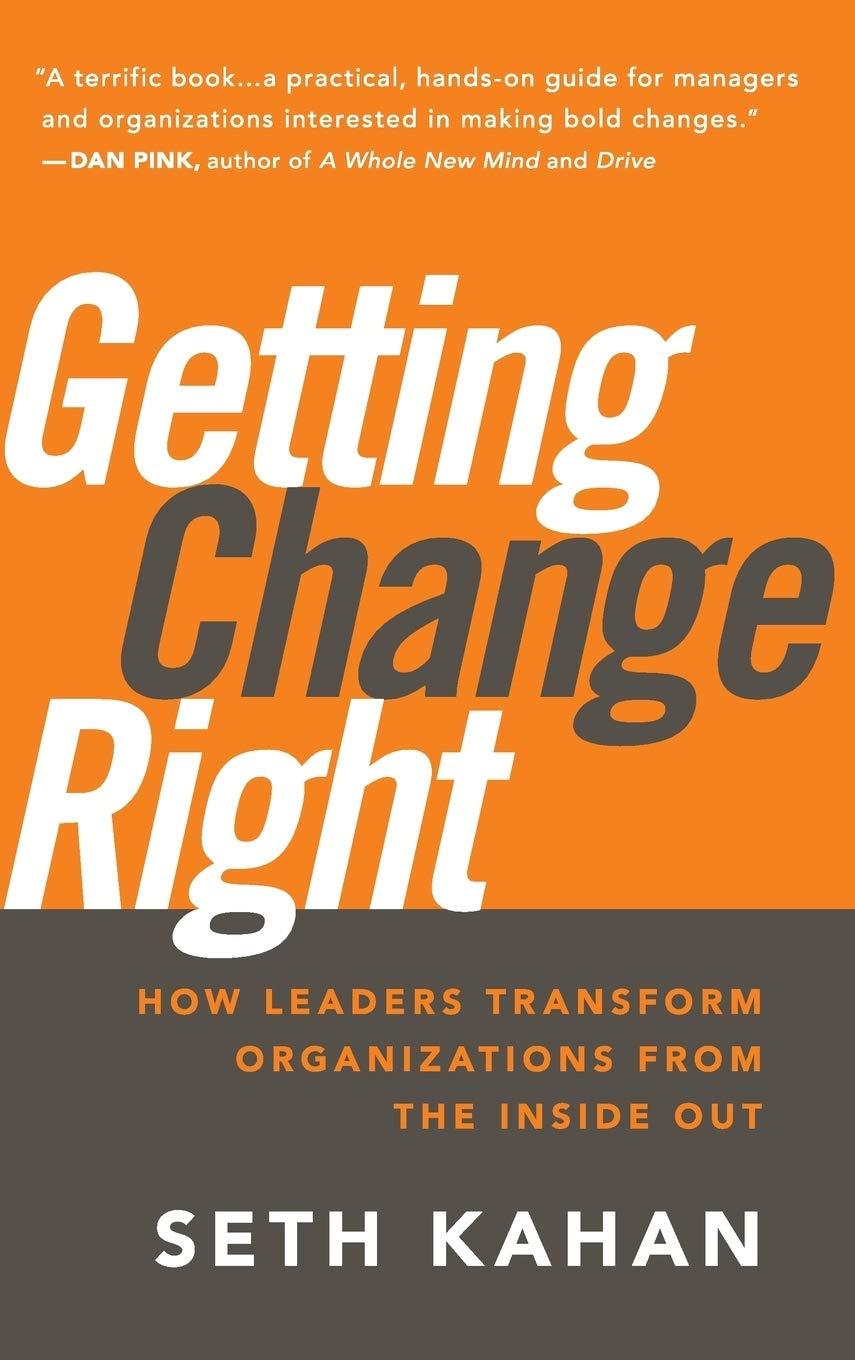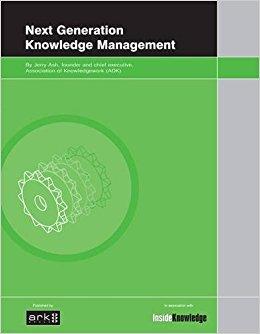Lucidea’s Lens: Knowledge Management Thought Leaders Part 53 – Lesley Shneier

Stan Garfield

Lesley Shneier’s specialties include Online Facilitation, Collaborative Technologies, Communities of Practice, Narrative & Storytelling, Workshop Facilitation, Change Management, and Thematic/Knowledge Networks.
A native of South Africa, she joined the World Bank in 1985, served as Senior Knowledge Specialist, and retired in 2011. Much of her World Bank career was spent helping people work more effectively through training or using internet technology. From 1996 until she retired, she worked at the heart of the knowledge management program. Since retiring, she has consulted for the World Bank and is currently a member of the board of the 1818 Society. She lives in Washington, DC.
Lesley has a background in social work, human resources, organizational change, and management consulting. In her 27 years at the World Bank, she focused on change, knowledge sharing, innovation and collaboration, communities of practice, and the impact of ICT tools. She now works with the 1818 Society alumni to capture, curate, share, and apply their development expertise with current staff. Her experiences relate to mainstreaming the knowledge sharing program across the World Bank and beyond to include clients and partners; working with the leaders of the communities of practice (called Thematic Groups); organizing large knowledge sharing events such as knowledge conferences, knowledge fairs and expos as ways of communicating the knowledge sharing message to many people in and outside the World Bank. She holds degrees in Social Work and Personnel Management from the University of the Witwatersrand, South Africa.
According to Lesley, “Since 1996, I was fortunate to be one of the pioneers implementing the Knowledge Bank at the World Bank. Along with other organizations embarking on the same journey, we learned a great deal, especially about the importance of modeling the required behavior. Internally, we shared openly and widely what we learned from other organizations. We collaborated with APQC and IBM’s former Institute for Knowledge Management in undertaking research and benchmarking studies. I participated in several such studies, particularly on communities of practice. There were over 100 communities in the World Bank, which we called “Thematic Groups” or TGs. For several years, I facilitated monthly workshops for the TG leaders, in what Etienne Wenger, guru of CoPs, called the ‘master CoP.’
Education
University of the Witwatersrand
- Master’s – HR management, organization development, human resources development, personnel management, 1975
- Bachelor’s – Social Work, psychology, sociology, industrial sociology, 1967 – 1970
Experience
- 1818 Society World Bank Group Alumni – Social Media Activator and CoP Facilitator, 2013 – Present
- Columbia University Master of Science in Information and acknowledge Strategy – Adjunct Faculty, 2013 – 2018
- World Bank Group – Senior Knowledge and Learning Specialist, 1985 – 2011
Profiles
Book Chapters
Bursting the Big Data Bubble: The Case for Intuition-Based Decision Making edited by Jay Liebowitz – Chapter 19: Let’s Have a Knowledge Conference!

Intelligent Learning Infrastructure for Knowledge Intensive Organizations: A Semantic Web Perspective edited by Miltiadis Lytras and Ambjörn Naeve – Chapter 16: Case Study: Knowledge Sharing, Communities of Practice, and Organizational Change at the World Bank Group

Getting Change Right – Seth Kahan’s Visionary Leadership – Chapter 6: Generating Dramatic Surges in Progress – Expert Input: Lesley Shneier on the World Bank’s Knowledge Fairs

Next Generation Knowledge Management: Transforming theory into practice, Volume 1 edited by Jerry Ash – Chapter 1: Are There Laws of Knowledge Management? with Stephen Denning and Michel Pommier

Videos
KMWorld
2014 Knowledge: Transferring Across Generations – Slides
Current and Next Steps
- Focus on increasing connection between supply (alumni) and demand (staff)
- Recent working lunch with new Global Practice leaders matched with Alumni Community of Practice leaders
- Connect with GP knowledge focal point
- “AskSofi” – advisory service to include alumni
- Need a “connector” to help identify experts
- Planned re-launching Alumni Knowhow Network
2011 KM Tips & Tricks – Slides
Five key initiatives to build a robust KM function
- Incentivize staff to create / share knowledge – global practice communities, participative management, budgeted time, reward and recognition mechanisms, collaboration and co-generation with external experts / clients
- Establish a K&L Network to implement Knowledge and Learning solutions across all Global Practices – with KM focal points by region, clear roles and reporting lines, joint action plan, standards – virtual teams
- Launch a Knowledge and Collaboration platform – internal: World Bank access to vetted experts, consultants, key documents, projects, results, etc.;
external: engage clients, donors and partners - Introduce a K&L Governance body to ensure sector-wide accountability, strategic direction, priorities, linkages with operations, knowledge flows and budget allocations
- Develop guidelines, procedures and metrics to sustain client centric K-creation, sharing and management, and measure impact
What did we learn?
- People are the platform
- Pilot, adapt and scale up
- Balance executive support with staff buy-in and engagement
- Build on existing culture, do not try to change it
- Avoid paralysis – identify quick wins and share success stories as you progress
Articles
The Bank’s First Knowledge Fair (from Best of the World Bank – Selected Essays by World Bank Alumni edited by Swati Srivastava, pages 36-38)
After the Annual Meetings in October 1996, when Jim Wolfensohn, then President of World Bank Group, announced that the Bank would become a “knowledge bank”, Steve Denning was appointed Director of Knowledge Management.
Together with a small group of staff, and a knowledge board which met weekly, we all set about learning what knowledge management meant, We went to conferences, meetings with other organizations, and shared everything we learned with one another. This was also when the Intranet was first being developed! The foundation of the “knowledge bank” was to share development knowledge with staff, partners, and clients.
To find out what knowledge and information people wanted to share or learn about, and how they wanted it presented to them, we held focus groups with each sector, starting with education. We discovered nascent groups, later called thematic groups, where people already had distribution lists with members both inside and outside the Bank. They would engage these members to create and curate the knowledge. From these beginnings, a “knowledge management system” was created, which later morphed into the Intranet and then much of the content was moved to the Internet.
In late 1997, I was charged with designing some knowledge management training for all Bank staff. I responded that people wouldn’t attend training for something they knew nothing about, and suggested we do something to show staff what we meant. The idea was for an open house; however, as a really small team, we didn’t have a “house” to open. As I walked through the relatively newly opened atrium in our main building, I realized here was space we could use. So, I suggested we have a “knowledge fair”. As it turned out, no one knew what that was, since no one had ever done such a thing.
However, the event gained momentum and traction as soon as I announced that Jim Wolfensohn would open the fair. Organization units began begging for spaces in the atrium. The real challenge came from the facilities management people, who were concerned that their pristine atrium would be turned into a “Middle Eastern souk” – which was exactly what I wanted! They were so concerned that they specified exactly what size fonts we could use in our displays, even what color text to use – blue, to match the hyacinths in pots climbing the stairs! Lo and behold, the day before the fair opened, another part of facilities management changed those plants to yellow daffodils!
When he opened the fair, in late March 1998, a smiling Jim Wolfensohn looked around the makeshift booths and said we had brought his vision of a knowledge bank to life. He asked us to arrange a similar fair during the annual meetings of the Bank and Fund later that year, which we did, this time with 50 booths, He later showed us a letter from someone who said that after spending 2 hours at the booths he had learned far more about development and the World Bank Group than he had learned in twenty years of attending the annual meetings.
Soon afterwards, the first Innovation fair was held in the atrium. This was an internal event, for various units or teams in the Bank to showcase innovation in development, with the premise that they had to show that they had partnered with other units, both in and outside the Bank. Money was awarded to about a dozen units to further develop their innovation. This led to the Development Marketplace, where organizations, mostly from outside the Bank, showcased their ideas for development. Winners were awarded grants similar to venture capital to further develop their ideas. Other knowledge for development initiatives developed in various areas of the institution, including the Global Development Network and the Global Distance Learning Network, which is a network of distance learning centers that were initially based in or near Bank country offices.
Toward the end of 1999-early 2000, when it became clear that protestors meant to demonstrate outside the main complex and disrupt the Bank-Fund spring meetings, Wolfensohn asked if we would hold another knowledge fair. Very importantly, he gave us the funds to pay for it, too. Within 24 hours, 30 thematic groups had pledged to participate. When the various TV news channels came to film the demonstrators outside, they then came in and marveled at how organized the Bank was, how generous we were in sharing our knowledge. It was at this time, too, that Wolfensohn shrewdly invited the various non-government organizations into the Bank to meet with him and discuss their concerns.
These types of events have grown. Knowledge fairs, the Development Marketplace, and other similar events continue to be held, mainly in conjunction with sector weeks, though not always called “knowledge fairs”. Other organizations have developed their own versions of knowledge fairs. They have become acknowledged ways of sharing knowledge, enabling groups to showcase their work, their results, and bring people together.
More recently in 2012, I organized a knowledge conference called “Networking Knowledge for Development”. Thirty development organizations came at their own expense. They shared their activities in development in plenary sessions, in concurrent breakout sessions, and in a huge knowledge fair in the atrium. Three hundred people attended in the Preston Auditorium, with an additional 200 online participants. There was even a Twitter feed to enable broader sharing of knowledge. And in 2014, I helped organize a knowledge forum for what was then called SDN sustainable development network which included urban, transport, agriculture, environment and many other sectors.
Rather than renting equipment to create the booths as was the case for the first knowledge fair, the Bank has bought equipment for booths and poster displays. The atrium has been fitted out with sufficient electrical outlets to power computers and TV screens. And the facilities people now have a huge book of plans and layouts and are eager to help bring such fairs to life. Knowledge fairs and similar events have become de rigueur in the atrium.
Organizational Knowledge and Learning
The thing that I’m struggling with at work is what I perceive to be a disconnect between “learning” as an individual and “organizational learning” as a work group/unit/organization. People around me seem only concerned about their own learning, which for most of them translates as “my next career move”. Then, they resent their managers and/or organization if their attendance at some course or conference doesn’t almost automatically lead to a promotion or job change (conveniently forgetting, of course, that the average number of promotions in our organization is less than 2 in a career!). The other disconnect for me concerns the use of one’s talents and skills. For me, having a job that uses my talents and skills is highly motivating. I like being involved, being able to apply my brain in different situations, and find that I learn a lot in such situations. But, though most of our staff say (in our regular staff survey) that they have opportunities to use their skills and talents, they don’t see this as motivating at all, but complain about lack of promotions aka staff/career development. My job is to develop the staff into a high-performance work-force, to bring in concepts like capturing and sharing knowledge particularly in areas with higher staff turn-over, yet individuals just want me to finance some course or other for them.
So, here I sit, struggling with bigger concepts such as organizational learning, while the people around me care little about their colleagues’ work groups and are out to maximize their own careers! What’s a girl to do in this situation?
Perhaps the above characterization is a bit over the top. I am in the middle of another survey, to gather information about the various learning needs. I asked respondents to tell me what “learning”, “training”, “career development” and “staff development” mean to them. What’s interesting is that those staff who are on short (3-5 year) assignments define all these terms with reference to developing a high-performance work force. On the other hand, those staff who have long tenures (10+ years), define all these terms with reference to themselves and their wishes for promotions.
Law #4: Passion is the driver of communities of practice (from Passion is the driver of KM with Michel Pommier and Stephen Denning)
The success of the industrial revolution and the modern enterprise in building wealth has been based on a rational engineering approach to problem solving. Clearly documented procedures and guidelines left little place, if any, to human emotions. The notion of an untidy ecology is foreign to this thinking.
The experience of knowledge sharing is showing, however, that communities of practice only flourish when their members are passionately committed to a common purpose, whether it be the engineering design of water supply systems, the pursuit of better medical remedies, or more efficient economic techniques.
Efforts at building communities in a hierarchical or top-down fashion are at best successful on a temporary basis. Soon they come unstuck as members refuse to contribute their time to activities which have no meaningful purpose for them. Instead, they will be looking for professional interest groups which will give them a sense of professional and personal raison d’etre.
The necessity for passion in the workplace is a hard lesson for companies and executives who have spent their lives trying to keep emotion out of the workplace. Nevertheless, the lesson repeatedly emerges from case studies and benchmarking of knowledge sharing programs. As a result – for reasons of sheer efficiency and effectiveness – the modern workplace is finding it necessary to provide time and space for both the head and the heart.
In the process, it is discovered that communities also enrich organizations and personal lives. Nurturing communities of practice and building on positive human emotions in the workplace provide a key to creating and developing healthier forms of organizations. The limited liability company has been an invention that has helped generate immense wealth. It has also led for the most part to emotionally desiccated lives for the individuals who work in these organizations. The emergence of non-hierarchical communities of practice and the central role of passion in cementing them can lead not only to an enhanced form of organization capable of generating even greater wealth, but would also provide more meaningful lives for those who work within.
Book Preface
The Secret Language of Leadership by Stephen Denning
One tremendous source of strength was the team of people that I had to help implement the vision. Roberto Chavez, Carole Evangelista, Adnan Hassan, Seth Kahan, Peter Midgley, and Lesley Shneier constituted one of the very few high-performance teams with which I have had the good fortune to be associated in my career. I benefited from their unflagging energy and support and learned much from them. Lesley Shneier showed everyone how to launch knowledge fairs.

Stan Garfield
Enjoy Stan’s blog posts offering advice and insights drawn from many years as a KM practitioner. You may also want to download a free copy of his latest book for Lucidea Press: Knowledge Nuggets: 100 KM Infographics. Learn about Lucidea’s Presto, SydneyEnterprise, and GeniePlus software with unrivaled KM capabilities that enable successful knowledge curation and sharing.
Never miss another post. Subscribe today!
Similar Posts
Lucidea’s Lens: Knowledge Management Thought Leaders Part 79 – David Garvin
KM expert David Garvin was a proponent of organizational learning to counter unpredictability in market forces and technology advances.
Lucidea’s Lens: Knowledge Management Thought Leaders Part 78 – Carl Frappaolo
KM expert Carl Frappaolo was the creator of Delphi’s Knowledge Management Methodology (KM2)
Lucidea’s Lens: Knowledge Management Thought Leaders Part 77 – Leif Edvinsson
Leif Edvinsson, Professor Emeritus at Lund University in Sweden, specializes in Intellectual Capital Management of Enterprises, Cities, and Nations
Lucidea’s Lens: Knowledge Management Thought Leaders Part 76 – Seth Earley
Seth Earley works in cognitive computing, knowledge engineering, data management systems, taxonomy, ontology, and metadata governance strategies.

Leave a Comment
Comments are reviewed and must adhere to our comments policy.
0 Comments